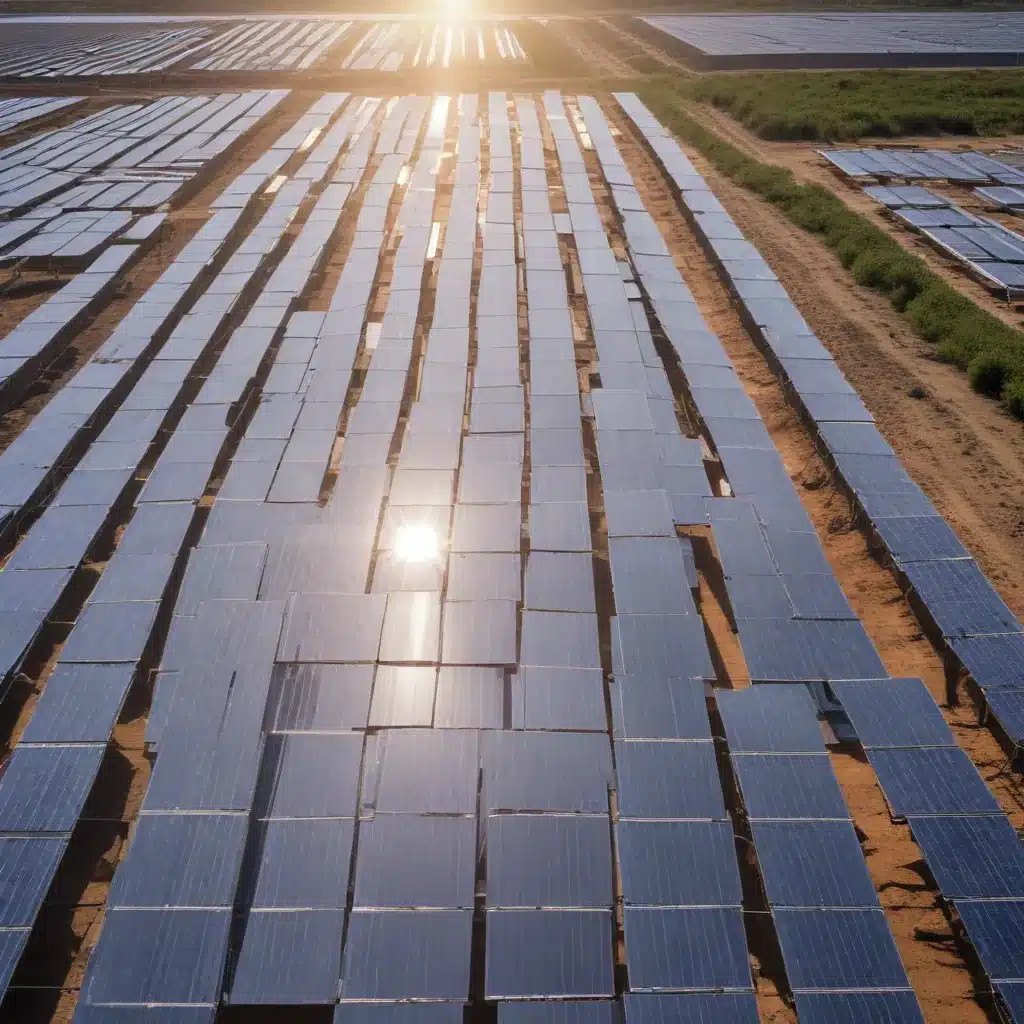
The solar photovoltaic (PV) industry has witnessed remarkable advancements in recent years, driven by the surge in demand for sustainable energy solutions and the global imperative to curb carbon emissions. These innovations span a range of domains, from the development of cutting-edge materials to breakthroughs in system integration. As Europe continues its transition towards a clean energy future, the strategic integration of solar power into energy-intensive industrial, commercial, and residential processes has emerged as a pivotal strategy.
Benefits of Solar Power
The appeal of solar energy lies in its versatility and environmental benefits. Photovoltaic cells efficiently convert sunlight into electricity, offering a renewable, emissions-free alternative to traditional fossil fuel-based power generation. This not only reduces an organization’s carbon footprint but also insulates it from the volatility of fossil fuel prices. Furthermore, the plummeting costs of solar technologies, coupled with advancements in energy storage solutions, have made solar power an increasingly attractive and accessible option for businesses and households alike.
Challenges in Adoption
However, the integration of solar energy is not without its challenges. The intermittent nature of solar generation, influenced by weather patterns and diurnal cycles, requires innovative strategies to ensure a reliable and consistent power supply. Navigating the complexities of grid integration, regulatory frameworks, and the upfront capital investment associated with solar installations can also pose barriers to widespread adoption.
Technological Advances
To address these challenges, the solar industry has witnessed remarkable technological breakthroughs. The emergence of perovskite solar cells, for instance, has the potential to revolutionize the field, offering enhanced efficiency, reduced production costs, and improved flexibility. Meanwhile, the development of multi-junction solar cells and passivated emitter and rear cell (PERC) technologies have significantly boosted the energy conversion capabilities of traditional silicon-based PV systems.
Energy-Intensive Processes
The integration of solar power into energy-intensive industrial, commercial, and residential applications has become a key focus for Europe’s clean energy transition. These energy-intensive processes, which include manufacturing, data centers, and heating/cooling systems, often account for a significant portion of an organization’s energy consumption and carbon footprint.
Industrial Applications
In the industrial sector, solar PV systems are being deployed to power energy-intensive operations, such as steel production, chemical processing, and cement manufacturing. By offsetting the reliance on grid electricity or fossil fuels, these solar installations help industrial players reduce their environmental impact and enhance their competitiveness through lower energy costs.
Commercial Applications
The commercial sector has also embraced solar power, with businesses leveraging rooftop PV systems and solar carports to offset their electricity consumption. From retail stores and office buildings to data centers and warehouses, the integration of solar energy helps organizations demonstrate their commitment to sustainability while achieving long-term cost savings.
Residential Applications
In the residential sphere, homeowners are increasingly turning to solar power to meet their energy needs. Rooftop PV systems, coupled with battery storage solutions, enable homeowners to generate, store, and even sell excess electricity back to the grid, empowering them to take control of their energy usage and reduce their carbon footprint.
Sustainable Energy Solutions
To overcome the challenges posed by the intermittent nature of solar energy, Europe is exploring a range of sustainable energy solutions that integrate solar power with other renewable sources and advanced technologies.
Hybrid Energy Systems
The development of hybrid energy systems, which combine solar PV with wind, hydropower, or bioenergy, helps to create a more stable and reliable power supply. These hybrid systems leverage the complementary nature of different renewable sources, ensuring a consistent flow of clean energy throughout the day and across seasons.
Energy Storage Technologies
Advancements in energy storage technologies, such as lithium-ion batteries, flow batteries, and pumped hydroelectric storage, have been pivotal in addressing the intermittency of solar power. These storage solutions enable the excess solar energy generated during peak sunlight hours to be stored and dispatched when demand is high or solar generation is low, effectively smoothing out the fluctuations in supply.
Grid Integration Strategies
Alongside technological innovations, Europe is also developing advanced grid integration strategies to facilitate the seamless incorporation of solar power into its energy infrastructure. Smart grid technologies, using artificial intelligence and internet of things (IoT) solutions, help to optimize the distribution and usage of solar-generated electricity, ensuring efficient and reliable power delivery across the network.
Optimization Strategies
As solar power becomes increasingly integrated into energy-intensive processes, organizations are exploring a range of optimization strategies to maximize the benefits and overcome the challenges.
Process Efficiency Improvements
By implementing energy-efficient practices and technologies within their operations, companies can enhance the overall energy performance of their processes, reducing the overall demand for electricity and subsequently the reliance on solar power (or other energy sources).
Renewable Energy Integration
The strategic integration of solar power alongside other renewable energy sources, such as wind and geothermal, enables organizations to create a diversified and resilient energy portfolio. This approach helps to mitigate the intermittency challenges associated with any single renewable technology while maximizing the clean energy output.
Emission Reduction Initiatives
Integrating solar power into energy-intensive processes is a crucial component of Europe’s broader decarbonization efforts. Businesses and policymakers are exploring a range of emission reduction initiatives, including carbon pricing, renewable energy certificates, and carbon offsets, to further incentivize the adoption of solar power and other sustainable energy solutions.
As the world races to address the pressing challenges of climate change, the strategic integration of solar power into energy-intensive processes has emerged as a pivotal strategy for Europe’s clean energy transition. Through technological advancements, innovative energy solutions, and collaborative public-private initiatives, the continent is poised to harness the power of the sun and lead the way towards a sustainable, resilient, and prosperous energy future.







